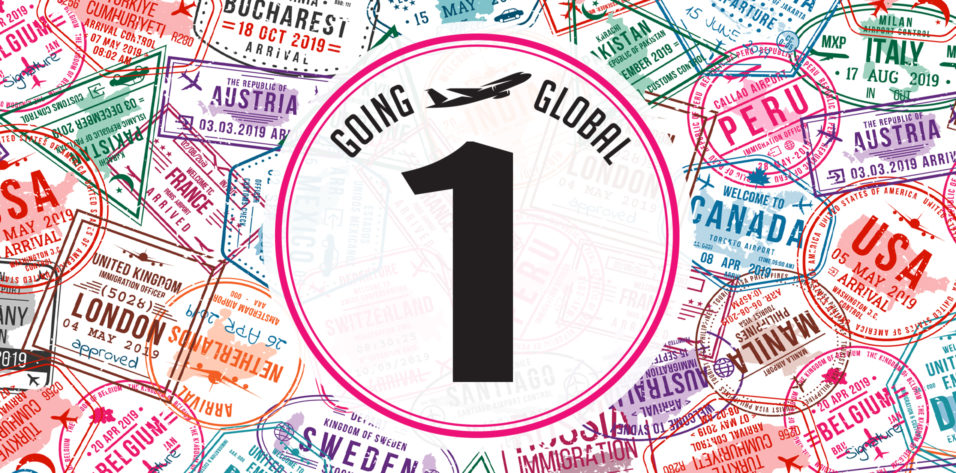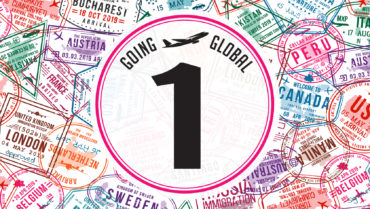The practice of medicine has changed rapidly over the past century. Physicians today cannot fathom performing surgery ungloved or providing vision-threatening treatments to patients without informed consent. The field of global ophthalmology, similarly, is undergoing a significant and impactful transition. As we continue to move toward a transnational approach to health, short-term unilateral donor-based trips are no longer accepted as a sustainable method for health care delivery. This begs the question: How can we work toward a future in which health is considered a fundamental human right in a way that is sustainable and ethical?
WEIGHING OUR WORDS
Imagine you are planning to spend a day at the beach, and someone says, “These are deadly waters.” Chances are your visceral reaction would be quite different than if someone instead pointed out that two people drowned at that beach due to strong currents. At the foundation of any conversation, including those surrounding global health, is the language used. Although merely semantics for some, language matters, and it is important for us to understand the context in which we work. For example, third-world country, a term that was used broadly throughout the 20th century, has fallen out of favor. Designating a country as third-, second-, or first-world insinuates an inherent hierarchy. How can some countries be considered fundamentally inferior to others, and what is the metric of measurement of such a hierarchy? Instead, our language has shifted to refer to countries by the resources of the background economy in which they function. Countries are now classified as higher income, middle income, or lower income. This shift highlights the health care framework that the communities work within, without implying a substructure of haves and have-nots.
Now, imagine you are at that same beach, but this time you hear that the thorny trees scattering the beach were planted by missionaries in an attempt to persuade indigenous communities to wear shoes. Unfortunately, the term medical mission has its roots in the generations of philanthropic colonialism. Many global health experts agree that health is a fundamental human right. As such, it is not a commodity to be exploited in the name of religious, political, or financial gain. This traditional concept of international health, including medical missions and donor-based services, did not offer sustainable solutions to global inequalities. Although these programs may deliver care to a select group of individuals, they historically failed to empower communities, leaving millions behind as a result. To achieve true progress, we must seek a transnational approach to health, one that eliminates disparities both within and between different communities.
During medical school, I spent a summer working for a local health care organization in Uganda, where I met Isaiah, a community leader from a nearby village that had been plagued by high infant mortality from diarrheal disease. Isaiah told me that, 2 years earlier, an international organization had come to build latrines so that the community would have access to better sanitation. As part of the education, they had warned the community elders to keep the latrines meticulously clean. A year later, the team returned to find no change in mortality rates, and the latrines unused. Confused, they asked the community leaders why the latrines were locked. Their response was that they wanted to keep them clean. Sustainability in global health is multifaceted. It requires clear communication between local and international communities, long-term collaborative relationships, identification of local needs, and frequent monitoring to ensure a meaningful impact.
SHIFTING THE FOCUS
As we navigate the complex patchwork of the COVID-19 pandemic, the public continues to search for new and innovative treatment options, some evidence-based, but many not. One such medication, ivermectin, has resurfaced as its role in the treatment of SARS-CoV-2 takes over headlines. Ivermectin has a long history in ophthalmology, starting in the 1980s when Merck formed an international, multisectoral collaboration including the World Health Organization, World Bank, several Ministries of Health, and local and international health care organizations. The goal of the initiative was simple: to provide ivermectin to treat onchocerciasis for as long as was necessary to eliminate river blindness.
Now, more than 30 years later, the World Health Organization reports that more than 1.8 million people no longer live in areas that require treatment. The success of this program relied on the capacity building of local community health workers to educate and distribute the medication as well as on the public private partnerships between private donors, such as Merck, and both governmental and nongovernmental organizations. Human development is about realizing potential and creating capabilities. Equipped with this understanding, we approach global health not from a donor-based perspective but from a community-based perspective, as exemplified by Merck’s ivermectin initiative.
CONCLUSION
The goal of global health is to transcend to a time when health is no longer a commodity to be shared and that global outreach is no longer necessary. Although seemingly still in the distant future, the global health community continues to work toward this goal through development of longitudinal partnerships, capacity building, monitoring, and both local and global education. Sustainable outreach starts at home, in our local communities, and it extends around the world through the strength and resilience of our partnerships.



